(KINGDOM OF TIBET) 1912 – 1951
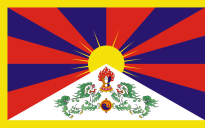
El reino del Tíbet forma parte de la historia del Tíbet entre 1912 y 1951, periodo que marcó el lapso de una independencia de facto, y que va desde la caída de la dinastía Qing hasta la invasión y posterior anexión del Tíbet por la República Popular China para convertirlo en la Región Autónoma del Tibet.

ESCUDO DEL REINO DEL TIBET.
Tras la revolución de Xinhai y la caída de la dinastía Qing, la milicia del Tíbet lanzó un ataque sorpresa a la guarnición Qing en el Tíbet. Posteriormente, los funcionarios Qing en Lhasa fueron obligados a firmar el «Acuerdo de los Tres Puntos», que preveía la rendición y expulsión de las fuerzas Qing del Tíbet central.

DALAI LAMA TENZIN GYATSO.
A principios de 1913, Agvan Dorzhiev y otros dos representantes del Tíbet firmaron un tratado entre el Tíbet y Mongolia en Urga, proclamando el reconocimiento mutuo y el de su independencia de China. El 13º Dalai Lama le dijo más tarde a un diplomático británico que él no había autorizado a Agvan Dorzhiev a realizar tratados en nombre del Tíbet. Debido a que el texto no fue publicado, algunos al principio dudaba de la existencia del tratado, pero el texto en mongol fue publicado por la Academia de Ciencias de Mongolia en 1982.
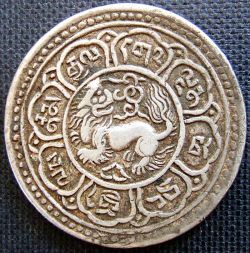
MONEDA DE 1 SRANG – 1909.
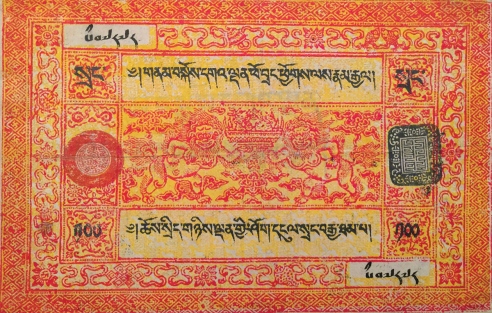
BILLETE DE 100 SRANG.
En agosto de 1950 tiene lugar el Terremoto del Tíbet que registró una magnitud de 8,6 Mw siendo el más potente del Tibet registrado hasta esa fecha. El terremoto produjo enormes daños en el Tibet y mermó de gran manera la capacidad de organizar una defensa frente a la amenaza de invasión. En octubre de 1950, el Ejército Popular de Liberación invadió la región tibetana de Chamdo y eliminaron la resistencia esporádica del ejército tibetano.

SELLO CONMEMORATIVO.
En 1951, los representantes de las autoridades tibetanas, encabezado Ngapoi Ngawang Jigme, con la autorización del Dalai Lama, participaron en las negociaciones en Pekín con el gobierno chino. El resultado fue el Acuerdo de los Diecisiete Puntos, que afirma la soberanía de China sobre el Tíbet. El acuerdo fue ratificado en Lhasa unos meses más tarde.
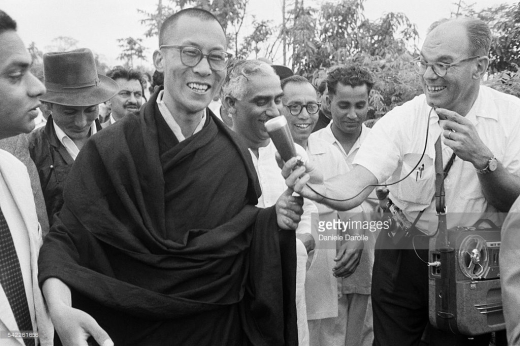
DALAY LAMA TENZIN GYATSO EXILIADO EN INDIA – 1950.
The historical era of Tibet from 1912 to 1951 followed the collapse of the Qing dynasty in 1912, and lasted until the incorporation of Tibet by the People’s Republic of China. The Tibetan Ganden Phodrang regime was Protectorate of the Qing until 1912, when the Provisional Government of the Republic of China replaced the Qing dynasty as the government of China, and signed a treaty with the Qing government inheriting all territories of the previous dynasty into the new republic, giving Tibet the status of a «Protectorate» with high levels of autonomy as it was Protectorate under the dynasty. At the same time, Tibet was also a British Protectorate.
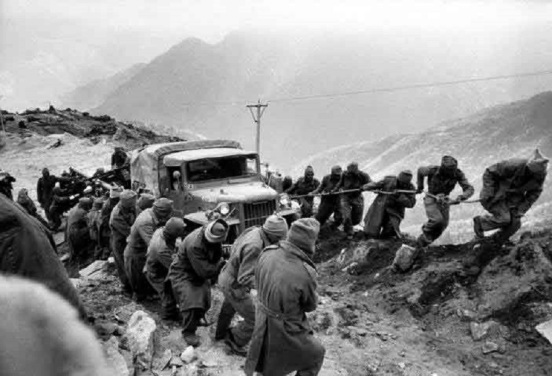
TROPAS CHINAS INVADIENDO TIBET.
However, at the same time, several Tibetan representatives signed a treaty between Tibet and Mongolia proclaiming mutual recognition and their independence from China, although the Government of the Republic of China did not recognize its legitimacy. With the high levels of autonomy and the «proclaiming of independence» by several Tibetan representatives, this period of Tibet is often described as «de facto independent», especially by some Tibetan independence supporters, although most countries of the world, as well as the United Nations, recognized Tibet as a part of the Republic of China.
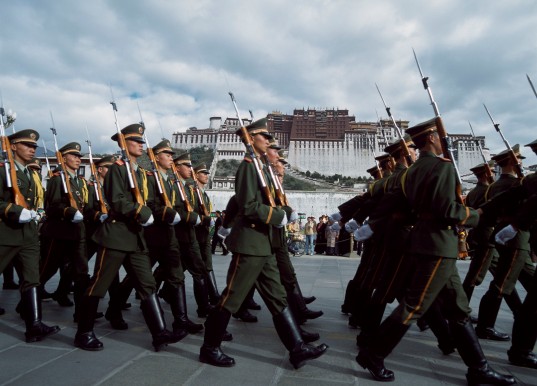
EJERCITO CHINO DESFILA ANTE EL PALACIO DE POTALA.
In 1949, seeing that the Communists were gaining control of China, the Kashag government expelled all Chinese officials from Tibet despite protests from both the Kuomintang and the Communists. The Chinese Communist government led by Mao Zedong which came to power in October lost little time in asserting a new Chinese presence in Tibet.
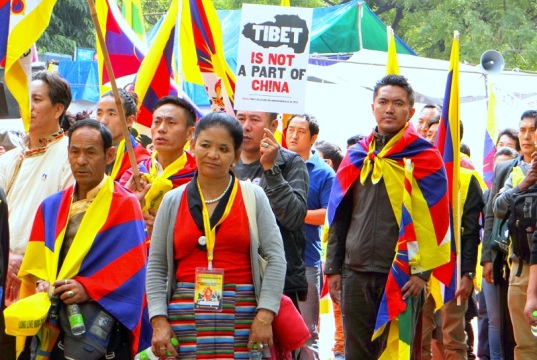
MANIFESTACION EN TIBET CONTRA LA OCUPACION CHINA – 2014.
In June 1950 the British government stated in the House of Commons that His Majesty’s Government «have always been prepared to recognise Chinese suzerainty over Tibet, but only on the understanding that Tibet is regarded as autonomous». In October 1950, the People’s Liberation Army entered the Tibetan area of Chamdo, defeating sporadic resistance from the Tibetan army.
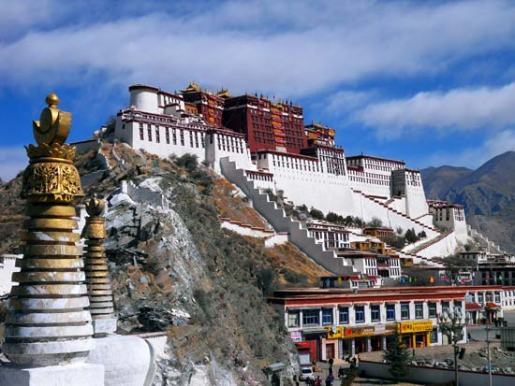
LASHA, CAPITAL DEL TIBET.
In 1951, representatives of the Tibetan authorities, headed by Ngapoi Ngawang Jigme, with the Dalai Lama’s authorization, participated in negotiations in Beijing with the Chinese government. It resulted in the Seventeen Point Agreement which affirmed China’s sovereignty over Tibet. The agreement was ratified in Lhasa a few months later. China called the whole process as the «peaceful liberation of Tibet».
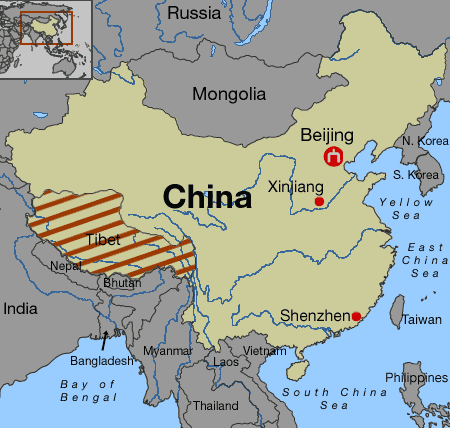
OTRAS DE MIS WEBS
CEUTA DESCONOCIDA: http://www.ceutadesconocida.wordpress.com
